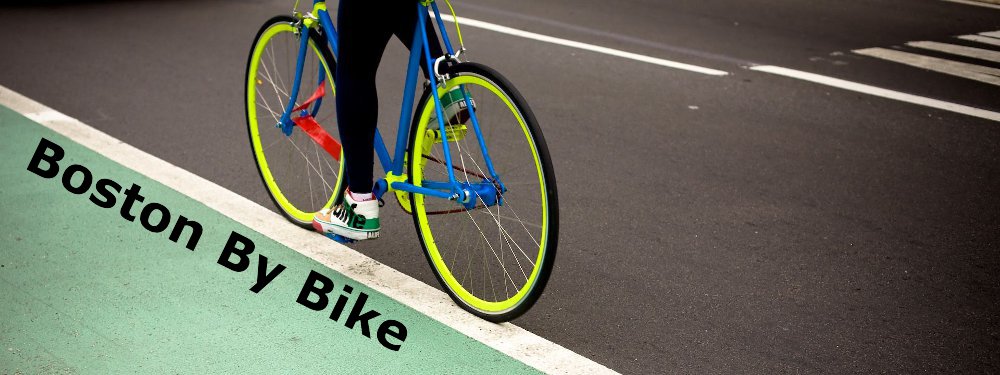Weather changes periodically, which means that you will likely not be riding your bike on the same set of tires year-round. Sometimes you would wish for those studded winter tires on your wheels, sometimes it is good to have these skinny slicks on, especially if you are not going to hit any dirt roads on your way.
Car drivers change their tires too, using different ones for snowy months and summer tires for the rest of the year. While it is relatively complex and time consuming to switch tyres (or wheels) on your car (Some drivers perfected it by having multiple cars - simple as that), it is trivial do it with the wheels on your bike. The advantage is obvious - you can keep your fast road slicks on one set of wheels all the time and have another set of wheels with those knobby off-road tires installed. After all, it is far easier and faster to switch wheels than tires. But you will need more than one wheelset...
Which brings me to the point of this post, finally. After some research online, I decided to get another set of wheels for my Poprad. The goal was to get something durable and relatively lightweight that I can use on dirt roads in the neighborhood. My choice was a handbuilt wheelset of White Industries T11 hubs and Velocity A23 rims with DT Competition spokes. The quality of White Industries components is legendary and considering my riding style, I am sure they will last forever. The Velocity rims are new to me, but I liked their 23mm width (i.e. a better support for wider tires). These wheels don't looks as fancy as some Ksyriums or Cosmos as they don't have radial lacing of just a few spokes. But maybe that is why I expect them to last longer. The 24 spokes in the front (2-cross laced) and 32 in the rear (standard, 3-cross lacing) should translate into stiffer, stronger wheels. I measured the weight of both wheels (without the tape and skewers) to be about 730g for the front one and 940g for the rear wheel. It is clearly not record-breaking but I find it reasonable.
At the same time, I took the opportunity to order a second cassette to make the wheelset complete. I picked a 10-speed Ultegra with a 30T largest sprocket (the largest available for Ultegra groupset and still manageable by the standard short cage rear Ultegra derailleur).
At the same time, I took the opportunity to order a second cassette to make the wheelset complete. I picked a 10-speed Ultegra with a 30T largest sprocket (the largest available for Ultegra groupset and still manageable by the standard short cage rear Ultegra derailleur).
Now I have to take these for a longer ride and see if I can feel any difference compared to my previous, stock Bontrager wheels. I didn't have a chance to ride much in the couple of past days since I caught some bad cold virus and the rainy weather wasn't very inviting either. So far, after a short ride earlier today, I can tell that the front wheel definitely feels different. The stock, front Bontrager wheel that came with my bike has only 20 spokes, radially laced. The new one has 24 spokes, 2-cross laced and it feels stiffer side-to-side but I also think it is has more cushioning vertically. I think this is due to its crossed lacing, versus radial lacing in the old wheel, which would usually be stiffer vertically. Interestingly, the difference in lateral stiffness is especially noticeable thanks to the... magnetic computer sensor on one of the spokes. With Bontrager wheels on, I often get erratic speed readings when cornering or swinging the bike side-to-side when riding out-of-saddle. Makes sense, I guess. The front wheel would deflect in such situations and the magnet would move away from the sensor. I tried repeating this effect with the new wheels and it just doesn't happen. I have to investigate it further in detail.























